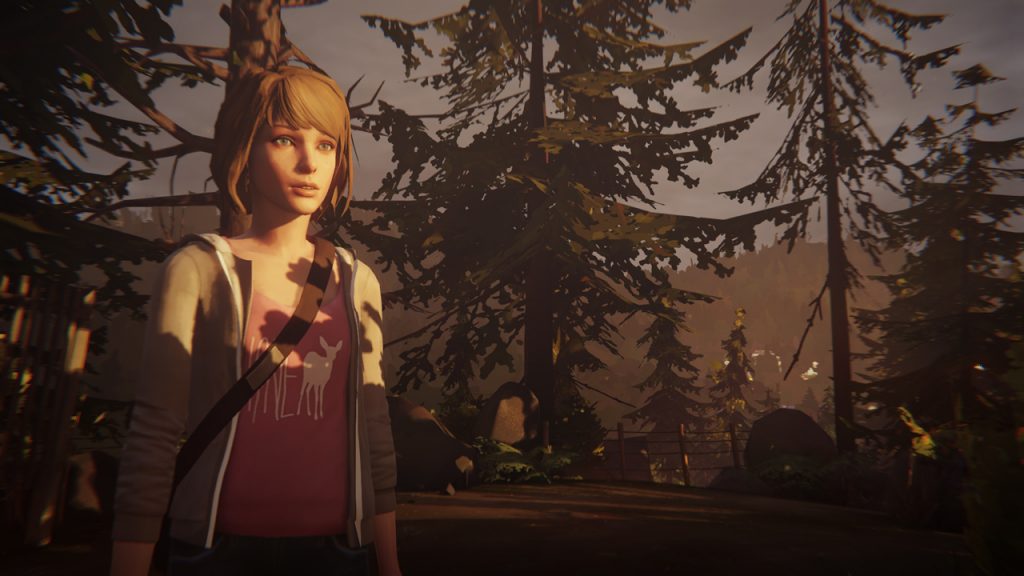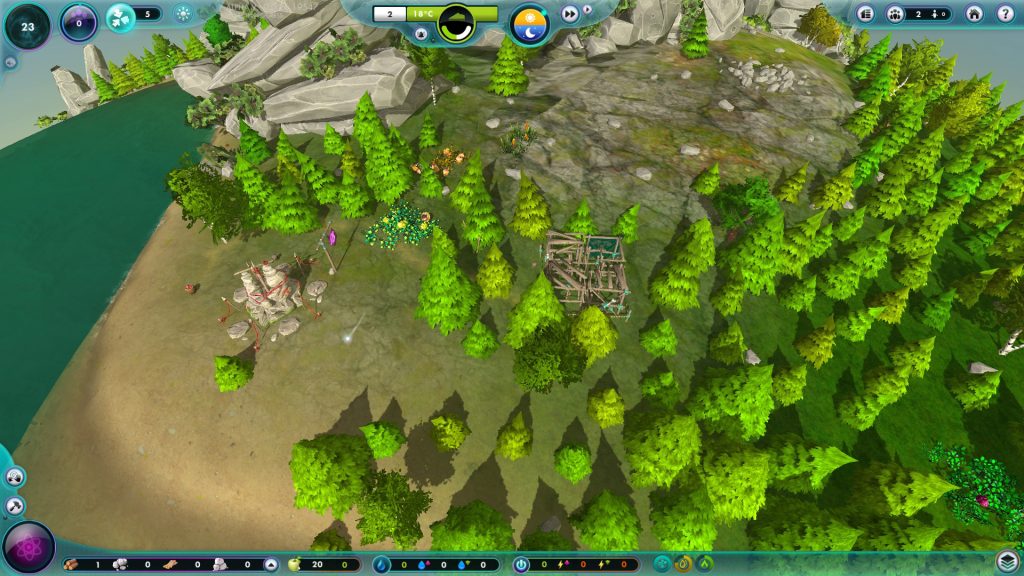Advanced story-based computer games
During my ongoing literature review I often discover interesting facts about things I’ve never thought about. Sometimes I can connect these facts with my own observations: The result is mostly a completely new idea why things are as they are. Maybe these ideas are new to you, too. Therefore I’ll share my new science based knowledge with you!
This week: This time, I think about the requirement to play through an advanced story-based computer game without taking a longer break to keep immersed in the narrative.
Depending on the player type, playing advanced story-based computer games are a great and exciting activity. Similar to novels, series and movies, these games often tell an atmospheric story featuring complex characters. In contrast to other media, players actively take part in the story and can even change the series of events as their choices matter. For instance, Life is Strange allows players to revert time directly after a decision was made to change it and its consequences. However, when the player continues with the story, they also are commited to their decision. As a result, the experience of these stories often is more immersive as it is up to the players how the narrative progresses.

Life is Strange
In contrast to other less story-based games, one has to continue following the story without taking too long breaks to keep with it and avoid forgetting important events. If too much time elapsed between two playing sessions, players might feel disconnected from the story thus experiencing difficulties to immerse themselves again. Once such a point is reached, players often can only start over with a new playthrough to refresh their memories.
Personally, I experienced such a problem several times when trying to play Life is Strange. Currently, I am just a very casual computer game player. Aside from creating between two and three 30-minute long Let’s Play episodes per week, I rarely play other games. However, from time to time, I try to immerse myself in more complex games as they are just fun to play. Thus, I start playing a game on one weekend and then have to take a break for several weeks, again. This also happened to Life is Strange. Every time I started playing it, I had to abandone it for a longer period of time and start over as I lost connection to the story. In the end, I decided to wait with the next attempt to my next vacation.
While this might sound a bit frustrating (it actually is!), it also shows the great potential of computer games to tell stories with a dense atmosphere that can even touch us emotionally. However, to really appreciate these games, one has to take the time as otherwise important facts might get forgotten.
